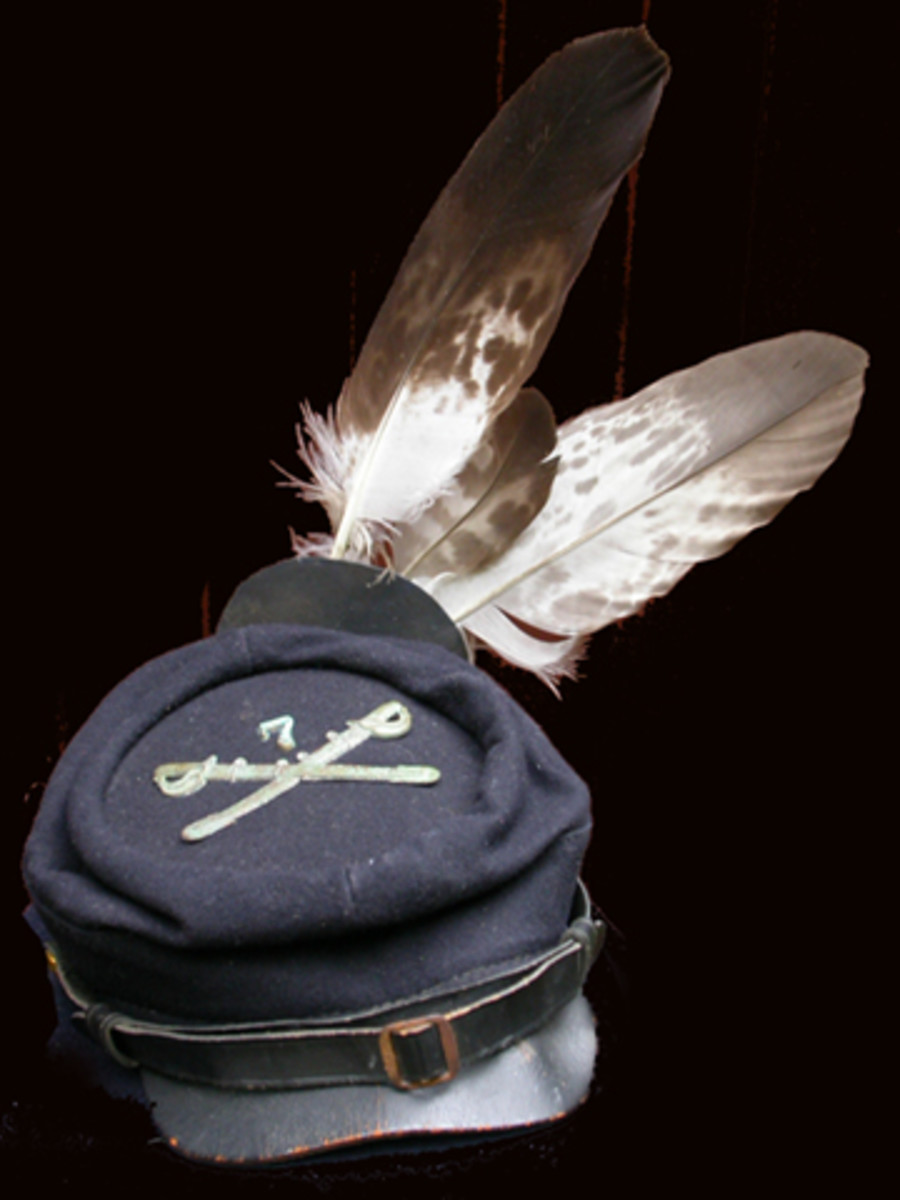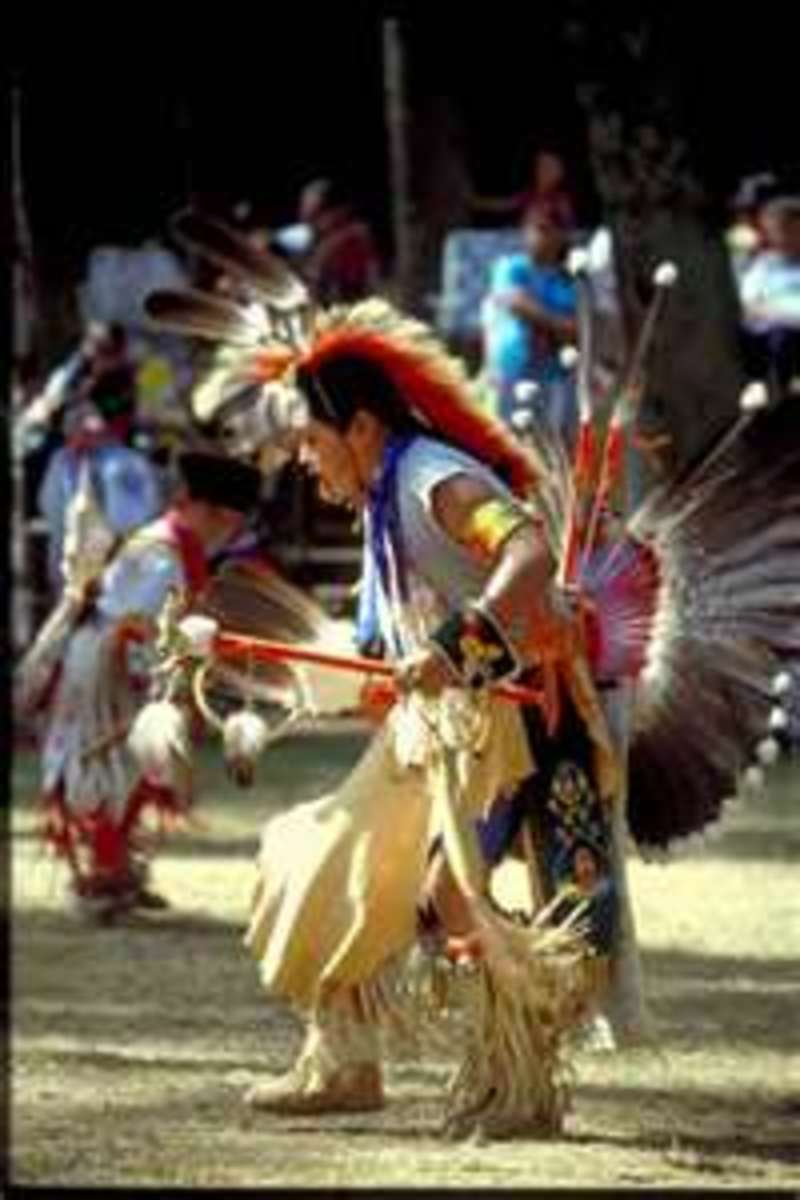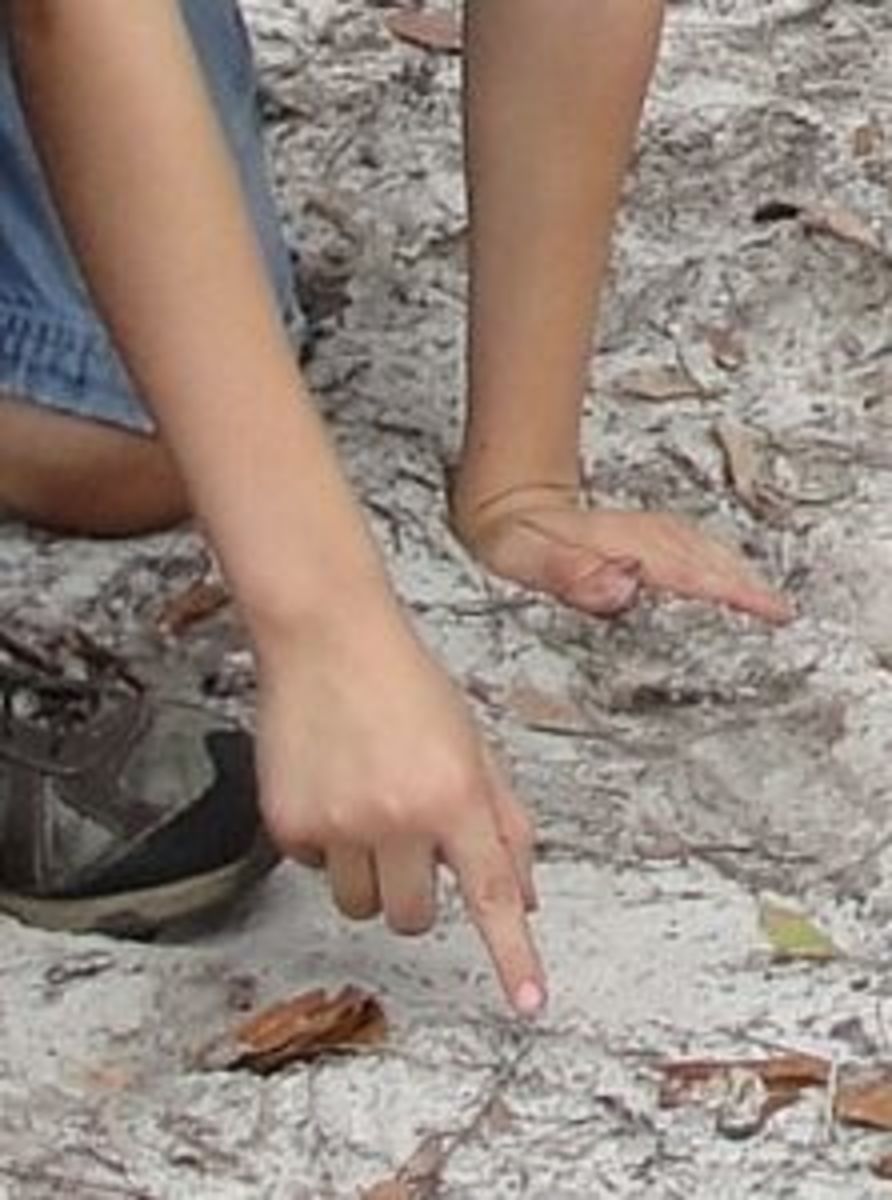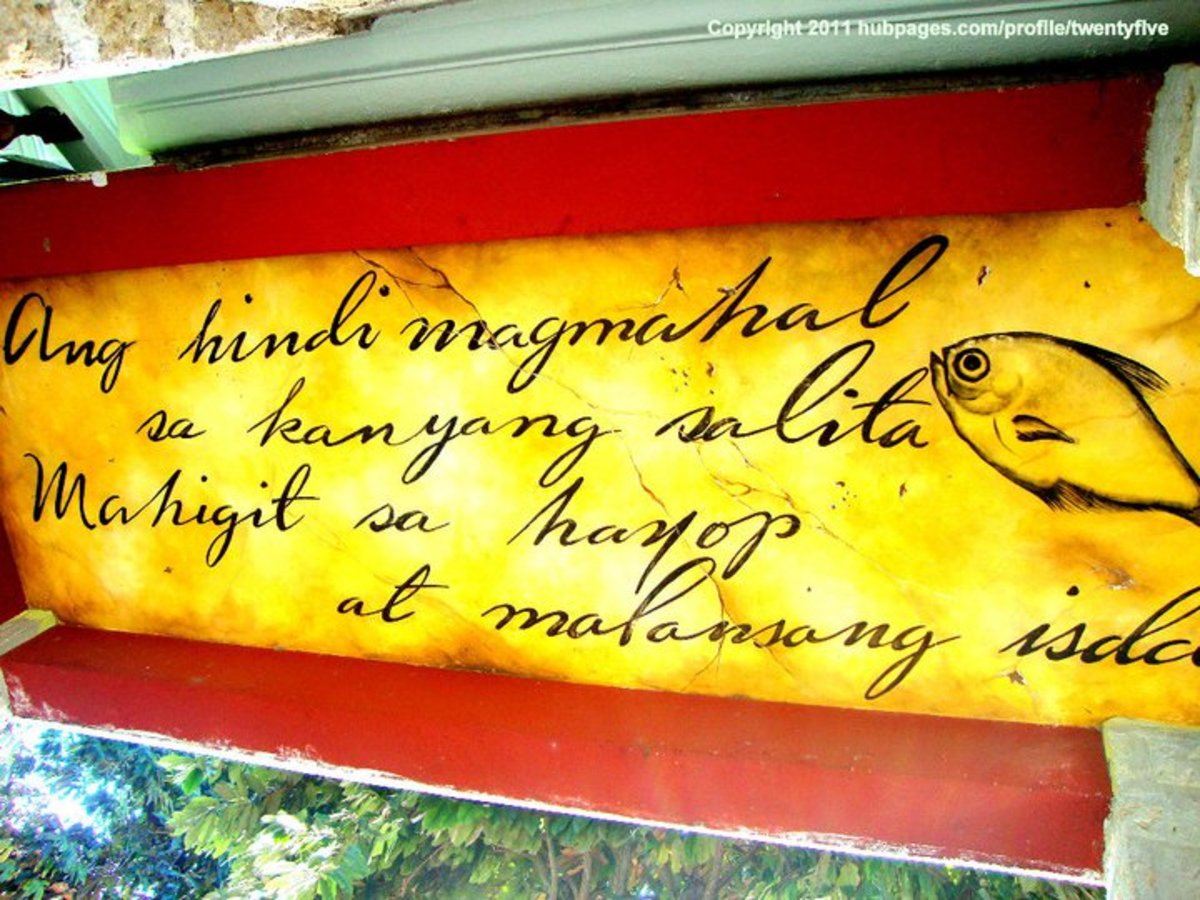Requiem for a People
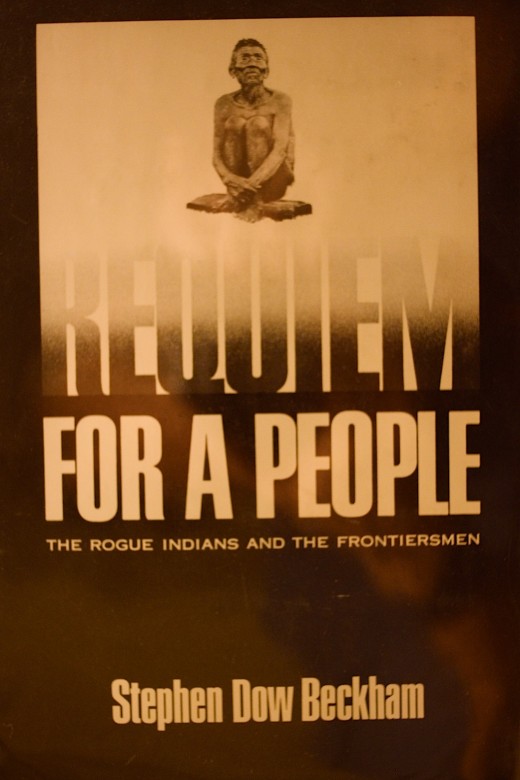
The Rogue Indians and the Frontiersmen
Stephen Dow Beckham's book memorializing the Rogue Indian tribe of Southwest Oregon was published by the University of Oklahoma in 1971. It tells the story, insofar as it is known, of how Whites terminated Rogue lives and Rogue culture. In the old Northwest, it was not always so tempestuous. Early on, both Whites and Indians gathered furs within a shared region. If not side by side, employees of the Hudson's Bay Company as well as the indigenous trapped beavers in and around the southern reaches of Oregon. Then things began to happen. Several Whites from the Smith expedition of 1828 were massacred by the Kalawatsets. Needless to say, White intrusion was hard. A spate of hostilities sparked Anglo bellicosity. Gustavus Hines, Methodist minister and author of Wild Life in Oregon (1881), spoke of a "doom of extinction" and the "hand of providence" regarding the removal, in a word, of Indians. The Oregon Spectator, in 1847, published a letter written by Charles G. Pickett, saying that philanthropy had to be set aside in favor of rifles. Nice. The whole history of White migration from the early 1800s, moreover, provides a good case study on how the fair-skinned work themselves into homicidal rages. For instance, in 1850, greedy Whites discovered gold along the Shasta River. Yellow fever catalyzed prejudicial behavior, grounded in greed. At this point, Rogues began to be attacked on a larger scale than they had ever imagined.
As with any passage in history, there are the good, bad, and ugly. Most personages seem to fall into the latter category. Dr. Anson Dart, for instance, who became the Indian Superintendent for Oregon Territory (1850-2), used his office to conclude treaties promising Rogues $28,500 in assistance for land between California and the Coquille River. For a promise alone, first-rate real estate was easily acquired. A year later, trouble erupted. Half-hearted attempts were made to counteract the deadly trend. Conferences were held. On one occasion, unscrupulous Whites ambushed Indians whom they invited to eat, drink, and talk. At Table Rock, in 1852, according to the Oregon Statesman, settlers toasted Rogue extermination, after which a village was attacked. Most of the attackers were sodden with alcohol. Few Indians survived. Strewn, lifeless bodies were mutilated. In 1853, an incident occurred in Grave Creek during which Indians were forced to run, then shot in the back. Later, in at least one battle, soldiers prevailed, and, intoxicated with success, deliberately ignored petitions for peace.
It is difficult to surmise what purpose is served in digging through the annals of history only to uncover one atrocity after another. Without these events, however, many of which were made public, such as whippings and hangings, the gears of mass extermination could not have been greased. Large-scale victimization needs widespread support. The mistreatment of Native Americans is a prime example, moreover, of how a crime against humanity, beginning in 1492, cannot easily be halted. Hatred for Native Americans has been going on a long time, though it morphs every now and then into new forms. From any angle, it is an unholy affront. The Rogues were a genuine tribe, make no mistake, rich in tradition and ancestry. But the grandiose scale with which the original inhabitants of the Americas were savaged is so sweeping as to turn the Rogue's sad demise into a mere footnote. Not so. It matters very much. The abuse of New Worlders by Old Worlders is now in its final stages. It seems as though all that is left is the obliteration of historical memory and a digital erase of written and photographic records. The best way to rescue so many heinous events from the unfair haven of oblivion is one at a time. A book such as this honorably plays a part in accomplishing this noble task.
Further, it might be asked, is it conceivable that what took place was the handicraft of a few bad apples? No. There is a tendency in the mind to separate perpetrators from their populations. This is wrong. The right-as-rain and the incorrigible act in league with one another in the manner of an on-again, off-again marriage. The masses, detached from independent convictions and counter-culture ideologies, simply fall into line. Little exculpates those who stay home, do not prey upon the vulnerable, and go about their business, thus consciously or not perpetuating a society that mercilessly oppresses Native Americans. The rationale behind this mindset is akin to the sham theory of blameless passivity and its attendant, generic brand of cheap innocence that readily applies to television mentality. Tomorrow's atrocities shall all be televised. Can there be any doubt? Addicted watchers already ache for this strange daily bread. They may say otherwise, of course, but so do our leaders. Horror after horror is always strongly denounced. Meaningless. The people of the earth are not amused. They know it is their flesh and blood that is at risk. Every day, screens readily manufacture fresh, newly-hatched complicity, if only ex post facto, in diverse audiences. They do so with streaming live footage, viewer-discretion gross-outs, and an assortment of graphic compositions designed to dehumanize and desensitize. Human minds, such as they are, conjoined, connected in various demonic ways to as many power structures, rarely if ever trail away from significant disasters. Rather, they plod unceasingly onward toward their approaching reincarnations. The overall result is another world of pain that many have pitched in to help restore. Ignore the Rogues, sure. No well-connected fundraiser will touch such unprofitable victimhood. But remember the contribution being made thereby to the rubber-stamp approval of tomorrow's transgressions .
This book, like others, all meritorious, describes the agonizing details of how a single, gallant people, vastly outnumbered, fought on without much hope. How heart-warming it would have been had there been a happy resolve. Not so. It probably does little in the way of helping to make a better world to dust off a book such as this in a home library. To take a further step and identify with those whom history would toss aside is also a dubious enterprise. But quixoticism is precisely what is needed. Hey: winners are always with us. They are no big deal. Lucky losers, however, can buck the trend. In other words, there is something inspiring and spiritually uplifting about solidarity -- be it with the hungry or the displaced. More importantly, One-World Americans must familiarize themselves with the Rogues and the hundreds of other tribes who once lived in a balanced habitat. In addition to being a matter of education, it is a test of good citizenship to achieve greater historical awareness. To live without the fast internals of good morality is to dwell within a house that has no foundation. Read this book, or another like it, and then listen to the earth cry out for her children. She has not forgotten them.
After much carnage, eight out of every ten dead, a remnant of Rogues reluctantly trudged onto a reservation somewhere they had never been before. It is not much of an ending, patiently awaiting a new beginning.

